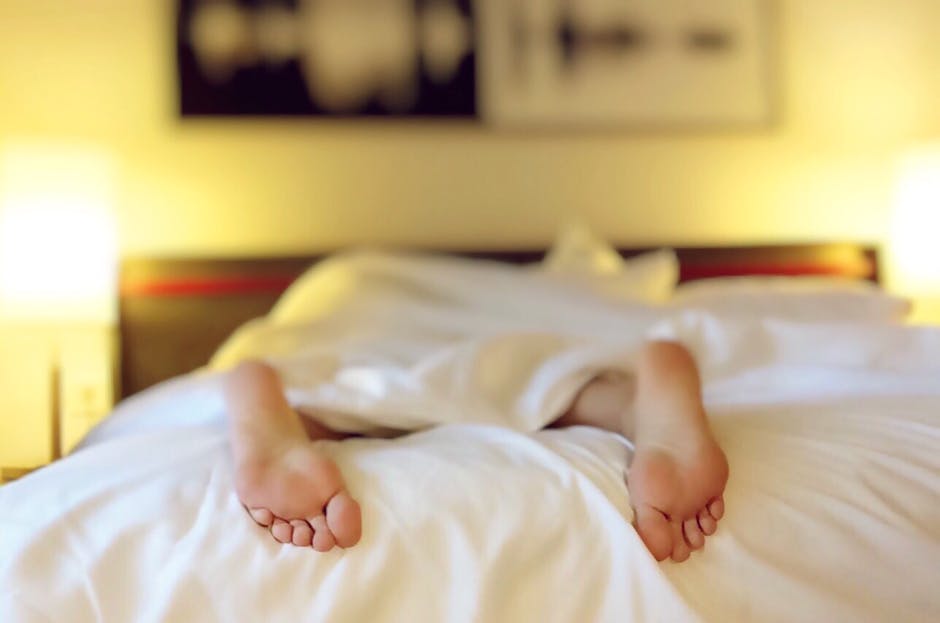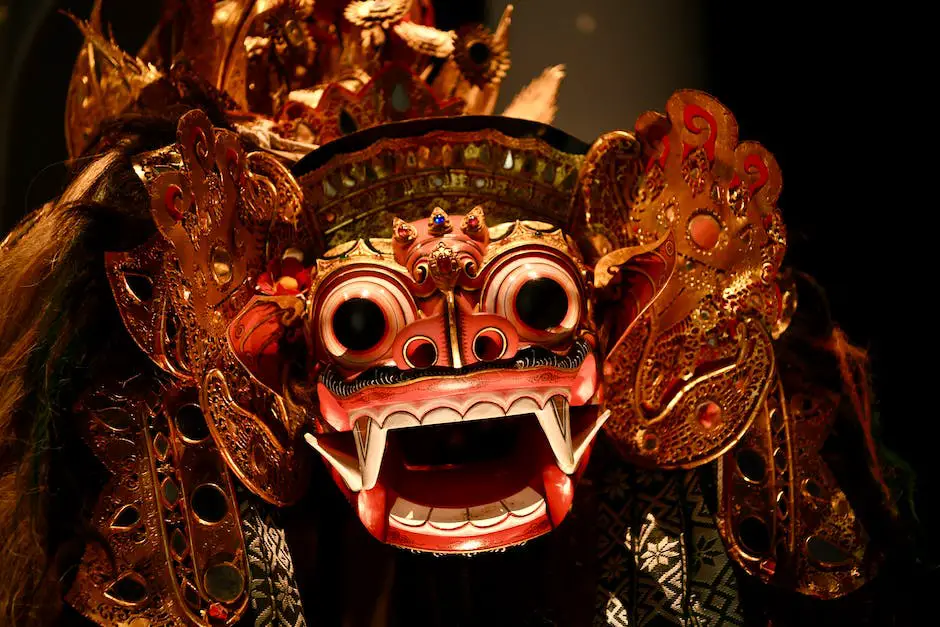As the pursuit of thrill and suspense takes center stage in our entertainment choices, horror films have secured their place as a popular genre. The intricate manifestations of fear, shock, and the uncanny in these intensely riveting narratives are undeniably impactful, seeping into the crevices of our psyche. However, this profound impact stretches beyond transient shudders or rapid heartbeats, pervading crucial dimensions of our cognitive and emotional processes. Furthermore, the ripple effects of these psychological alterations can significantly sway our subconscious state during sleep, particularly when it comes to our dreams. This exploration of the effects of horror movies delves into these repercussions, beginning with an analysis of the psychological impact of these films, progressing into their influence on sleep architecture, and culminating in an examination of their role in the incidence of nightmares.
The Psychological Impact of Horror Films
The Intersection of Horror Films, Psychological Processes, and Dreamscapes: A Closer Examination
Horror films, a cinematic genre dating back to the late 19th century, have consistently garnered significant interest due to their enticing nature of suspense, mystery, and fear. This article highlights the ways in which horror films influence our psychological processes and explores the correlation with our recurring dreams.
Through evoking feelings of fear and terror, horror films often captivate the audience’s attention entirely, pushing them into a hyperalert state where their focus is singularly directed towards the screen narrative. This process embeds an impression of the film’s characters, scenes, and theme deep into the subconscious mind of the viewer.
Sensory stimuli from horror films stimulate the amygdala, the part of the brain involved in processing emotions, particularly fear. Activation of the amygdala can lead to a heightened state of anxiety, fostering an environment in which frightening images are encoded into memory. These emotionally charged memories are more likely to be recalled and may consequently permeate our dreamscapes.
Further, the intrusion of horror movie images into our dreams can be attributed to the neurocognitive memory process known as ‘memory consolidation’. Occurring predominantly during REM sleep, this process secures experiences into long-term memory. Post-viewing, the unnerving aspects of horror films may infiltrate our dreams as they are concretely etched into our cognitive schema during this phase of sleep.
Thirdly, the arousal theory of motivation posits that humans seek optimal levels of stimulation. This is fulfilled by the adrenaline rush garnered from the fear and excitement associated with watching horror films, leading viewers to not just tolerate but enjoy these feelings of fear. Given dreams’ function in modulating emotions, these fears can reemerge as nightmares, linking our horror movie experience with our dreaming activity.
Finally, the incorporation of horror movie elements into our dreams can be explained through the lens of psychoanalysis, which suggests that dreams disseminate suppressed or latent emotions. As most individuals suppress their fears elicited by horror films during waking hours, these repressed emotions might find expression in dreams, establishing a correlation between horror films and our dream-content.
In conclusion, through the working of memory processes, emotional regulations, and psychological theories, an intricate relationship between horror films and our dreamscape is established. This fascinating intersection invites further empirical research to enhance our understanding of the intricacies of the human mind. A more profound comprehension of this correlation can augment therapeutic approaches in anxiety and fear management, harnessing the power of cinema to its fullest potential for the betterment of psychological well-being.

Horror Films and Sleep Architecture
Unveiling the Impacts of Horror Films on Sleep Stages and Dream Experience
Suffused with thrilling narratives and morbid aesthetics, horror films distinctly manipulate the viewer’s physiological and emotional responses, creating a ripple effect that extends to the realm of sleep stages and dream contents. Despite the apparent fascination and burgeoning engagement with this genre, few are aware of the underpinnings of its influence on REM sleep, a stage deeply intertwined with one’s dream landscape.
REM sleep, or rapid eye-movement sleep, has been of interest for decades due to its correlation with vivid and emotionally-charged dreams. This stage is remarkably complex, marked by increased brain activity, elevated heart rate and respiration, and an overall nurturing of cognitive functions like learning and memory.
Examining the impact of horror films on REM sleep and dreams, it is crucial to acknowledge a complex interplay of individual differences, such as a viewer’s susceptibility to frightening content, inherent resilience, or familiarity with the genre, all of which can modify the response and subsequent nocturnal impacts.
Delving deeper into the neuroscience, exposure to horror content before bedtime is noted to increase alertness, heighten sense of vigilance, and consequently, delay REM sleep onset. This hyperarousal state contends with the body’s natural progression to sleep, disrupting the circadian rhythm and sleep architecture.
Simultaneously, the visceral images and intense emotional experiences from horror films become etched in memory, ripe for replay during the REM phase. Thereby, subjects frequently report experiencing vivid or even nightmarish dreams reflecting scenes or sensations experienced while viewing the movie.
Decoding the influence of horror films on dreams, it’s essential to underline the concept of dream incorporation. Herein, daily experiences infuse elements into our dreams, creating a continuum between waking life and sleeping mindscapes. In the context of absorbing horror films, it’s highly likely to note the frequent incorporation of frightening themes, characters, or scenarios into subsequent dreams—an intriguing nexus of entertainment and unconscious realms.
While the anecdotal association between watching horror films and elicited nightmares needs empirical bolstering, preliminary findings intimate a discernible effect. Future research can dissect the influence of variables such as age, gender, preexisting sleep disorders, and even the degree of horror in augmenting this response.
On an optimistic note, acknowledging this consequence of horror film viewing offers a potential gateway for interventions. That is, when chronic nightmares become debilitating, understanding their potential source in horror films can provide a unique avenue for therapeutic strategizing, making sleep a less terrify, more restful, and rejuvenating experience.
In sum, the dynamic of horror movies’ interaction with REM sleep and dream content presents a frontier of scholarly agency within the neuroscience, psychology, and film studies intersection. As our society’s entertainment choices continue to evolve, understanding their subtle but profound impacts on our nocturnal life contributes to a holistic comprehension of the human experience.

Horror Movies and the Incidence of Nightmares
The study of sleep and its architecture remains a scintillating area of research, and nowhere do science and art collide more prominently than in the examination of horror film exposure and its potential effects on sleep, particularly in relation to nightmares.
Rapid Eye Movement (REM) sleep stage represents a crucial component of our sleep cycle, and this REM sleep is often when dreams occur. Notably, eye movements during REM sleep suggest the potential for vivid dreaming, and it is within this period that individuals could indeed incorporate elements of recently viewed horror films into their dream content.
However, it is critical to acknowledge that responses to horror films vary immensely among individuals. These differences may be tied to numerous factors: an individual’s inherent tolerance for suspense and fear, past experiences, even their cultural and societal influences. The impact of horror on REM onset is enigmatic – some research points towards a delayed onset, indicating a disruption in sleep architecture. Conversely, other studies suggest heightened adrenergic activity and REM rebound post-viewing, implying a potential intensification of dream content.
In a study, the incorporation of horror film elements into dreams has indeed been observed. Whether this manifests as a direct, literal translation of movie scenes into dreams, or merely as vague thematic parallels, remains an area of profound intrigue. There appears to be a critical period post-viewing where the likelihood of such incorporation maximizes. However, it is key to note that this does not universally translate into nightmares – that transition is seemingly subjective and depends on individual dream interpretation.
The potential association between horror films and nightmares is a scientific frontier awaiting intensive exploration. While there have been anecdotal reports that horror movies trigger nightmares, empirical evidence remains inconclusive. Some data suggests that a predisposition to highly emotional reactions and vivid dreaming dramatically increases the likelihood of experiencing nightmares after horror film consumption. However, more controlled study designs and larger sample sizes are necessary to definitively confirm or refute this association.
Looking to the horizon, there are numerous promising avenues for future research. One such pathway could be the development of virtual reality horror experiences that could provide researchers with greater environmental control and potential interactivity in their experiments. Another promising method could be to employ advanced neuroscience techniques like functional imaging, deepening our understanding of how horror films impact our dream-related neural circuitry.
Additionally, further insight into the connection between horror films and nightmares could potentially offer innovative therapeutic strategies. For instance, graduated exposure to horror film stimuli could serve as a form of desensitization therapy for patients afflicted with recurrent, film-induced nightmares.
It is exciting to stand at the cusp of this expanding realm of inquiry, where science, horror, and sleep collide; and such scholarly pursuits remind us of the inexhaustible talent for imagination and invention embedded in our brains, be they at rest or aroused. Roll the projector, cue the suspense, and let the dreams begin.

Upon traversing the terrain of the psychological implications of horror cinema, unfolding its idiosyncratic impact on sleep architecture, and assessing its correlation with nightmares, we gain a nuanced understanding of the repercussions of these films on our daily lives and subconscious mind. These investigations underscore that while horror films may simply feel like fleeting experiences of suspense and thrill, they can also have deep-seated influences that extend into our dreaming world. Further research could extend the boundaries of this conversation, exploring other genres’ impact or longitudinal studies on the sustained impact of viewing horror films. As we continue to pursue these narratives of fear and dread for our entertainment, it is essential to be aware, engaged, and informed about these potential effects. As audience members, as fans, and as dreamers, we carry these cinematic experiences with us into the profound depths of our subconscious state.
